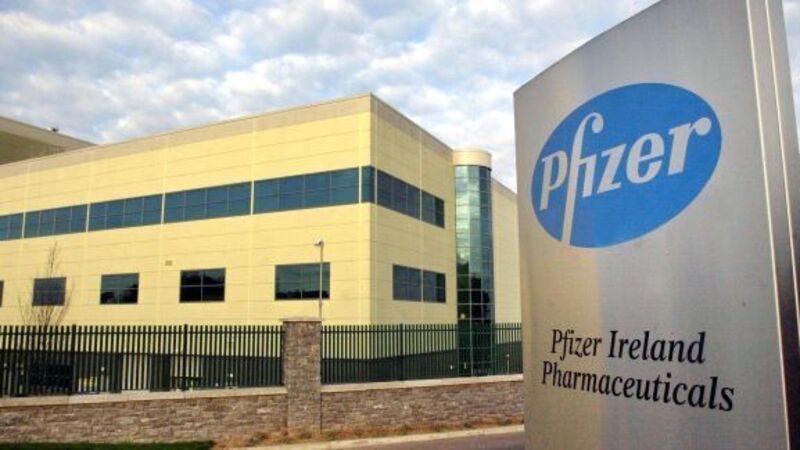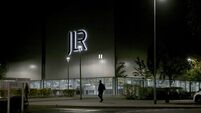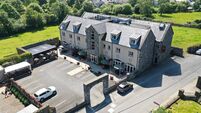Pfizer building a brighter future

WHEN you’ve been around almost 45 years, a $30m (€23m) makeover comes in very handy.
Pfizer’s Ringaskiddy plant may be feeling some of the aches and pains of older age. But now, a timely rejuvenation has been promised.
















